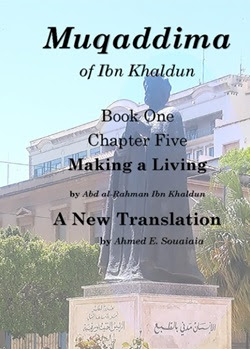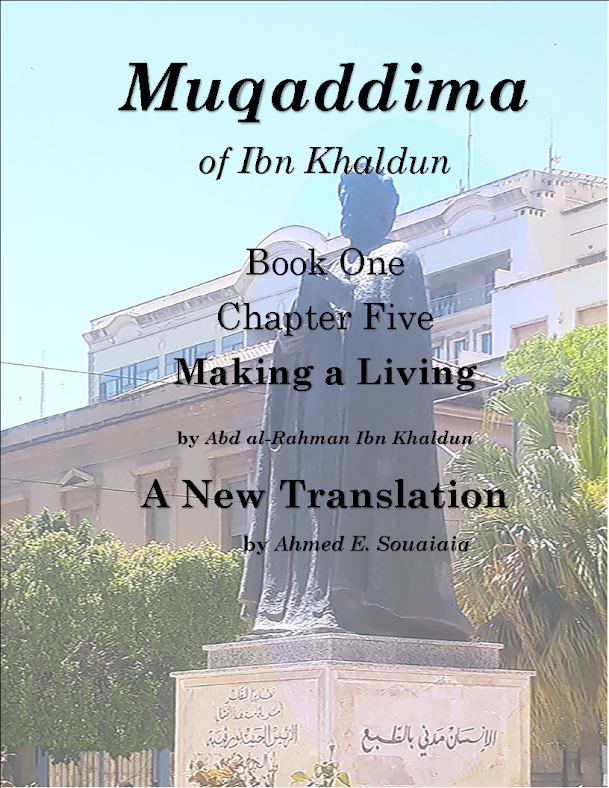 |
| From archives: ISIL committed similar crimes in Iraq in 2014 |
The Syrian Observatory for Human Rights said they were thought to be members of a tribe that fought the jihadist group in Deir al-Zour province in the summer.
The mass grave was discovered after the Sheitat were allowed to return to their homes by IS leaders, it added.
Last month, the UN said it had received reports of a massacre there in August.
Investigators said it appeared to have been perpetrated by IS in a struggle for control of oil resources near the town of Mohassan.
One survivor described seeing "many heads hanging on walls while I and my family escaped", while locals saw several freshly-dug mass graves.
The mass grave was discovered after the Sheitat were allowed to return to their homes by IS leaders, it added.
Last month, the UN said it had received reports of a massacre there in August.
Investigators said it appeared to have been perpetrated by IS in a struggle for control of oil resources near the town of Mohassan.
One survivor described seeing "many heads hanging on walls while I and my family escaped", while locals saw several freshly-dug mass graves.
Video published online also indicated that IS fighters had conducted a mass execution of fighting-age Sheitat tribesmen.
In early November, IS leader Abu Bakr al-Baghdadi reportedly issued a statement granting members of the tribe permission to return to their homes upon the condition that they did not assemble. They were also told to surrender all weapons and inform on all "apostates" to the group.
All "traitors" would be killed, Baghdadi's statement warned.
































No comments:
Write comments